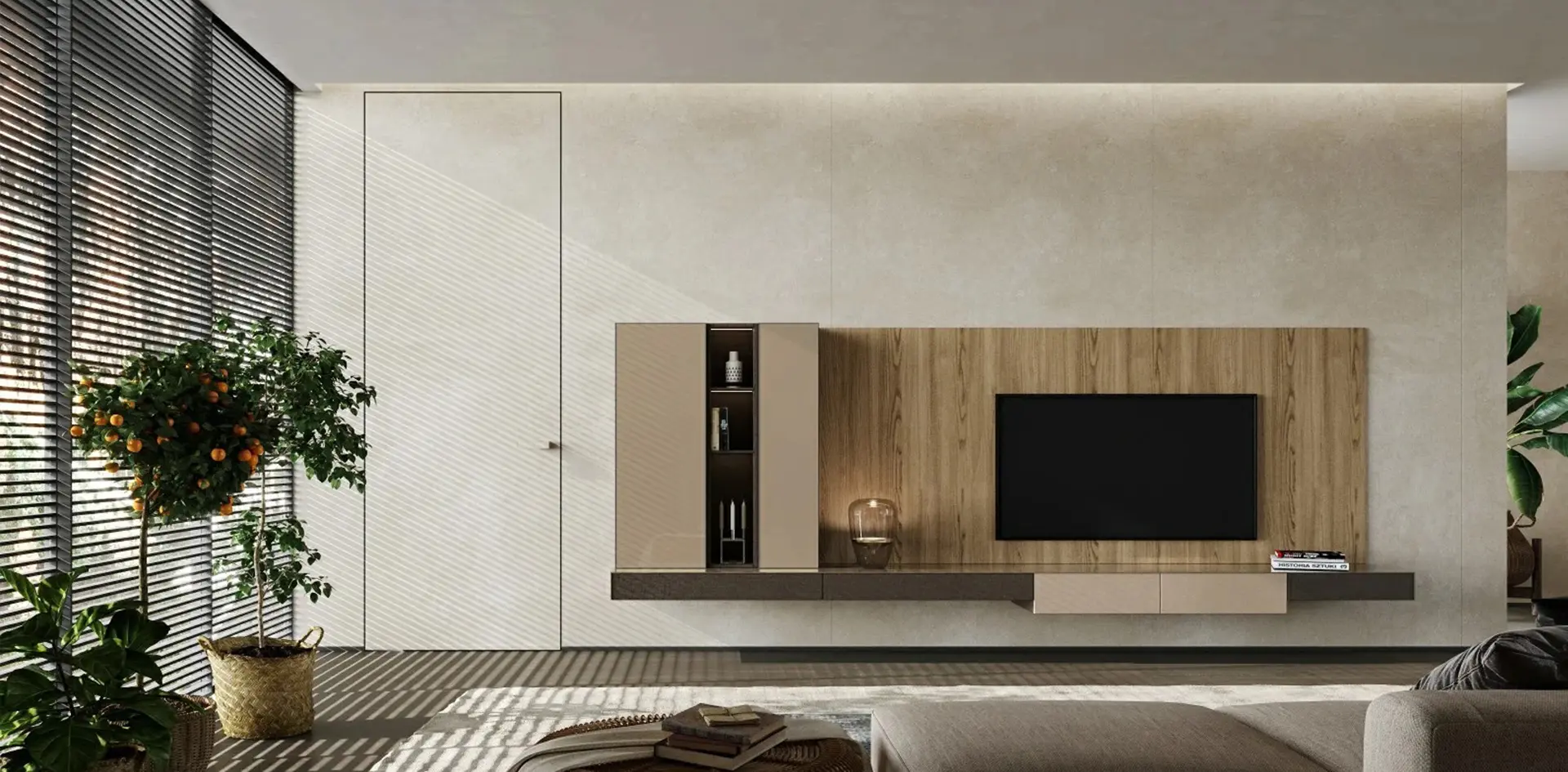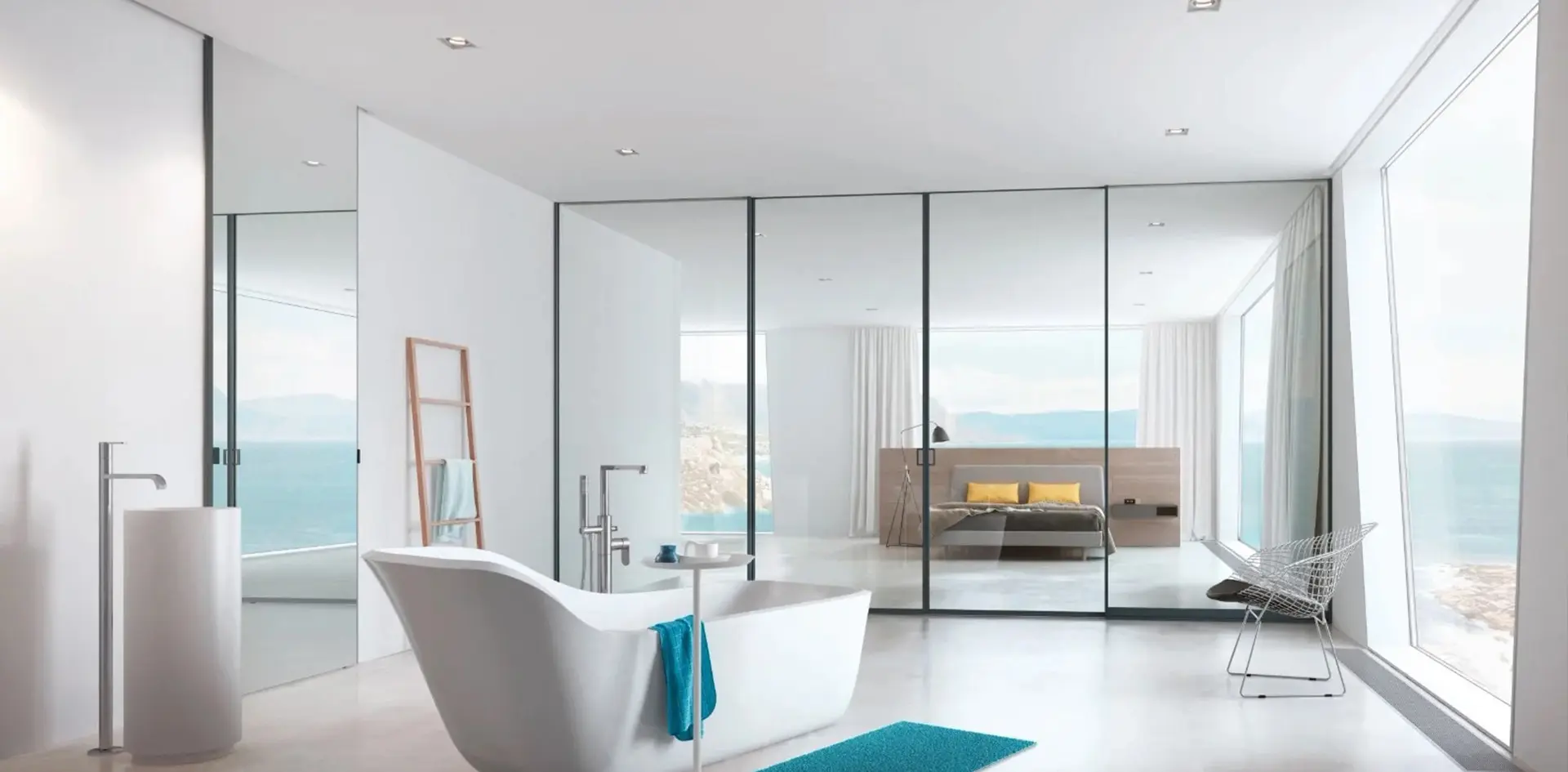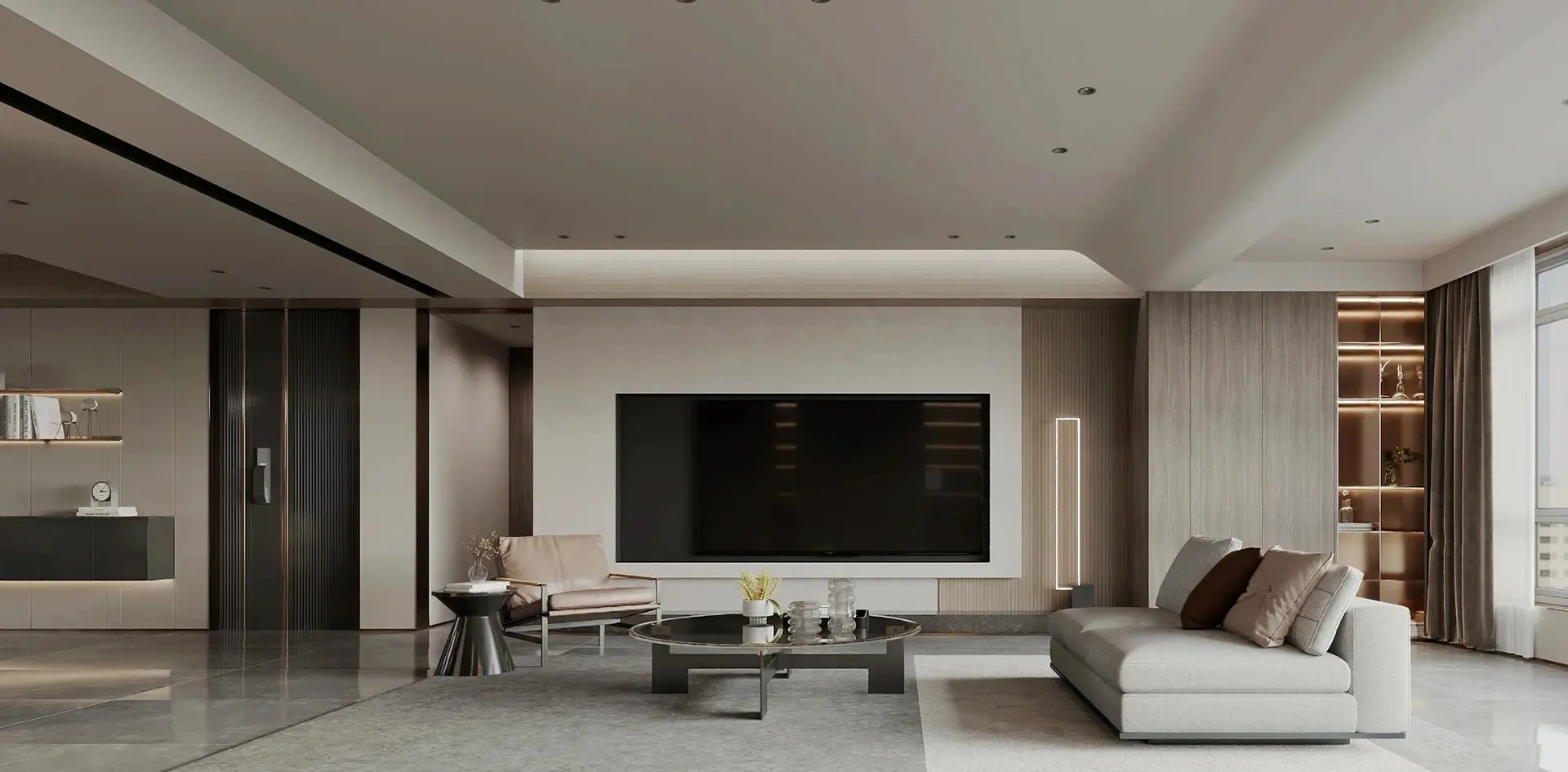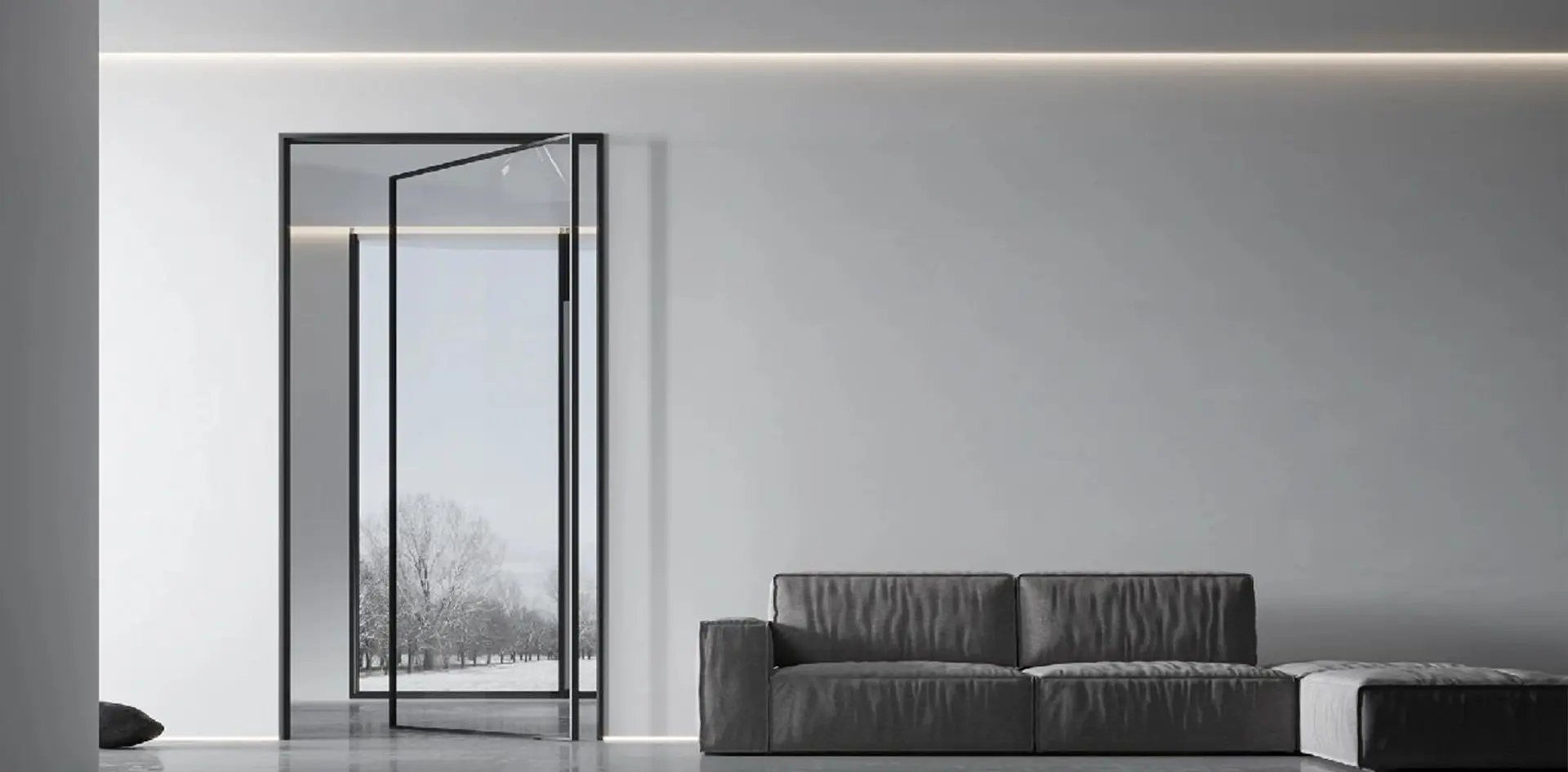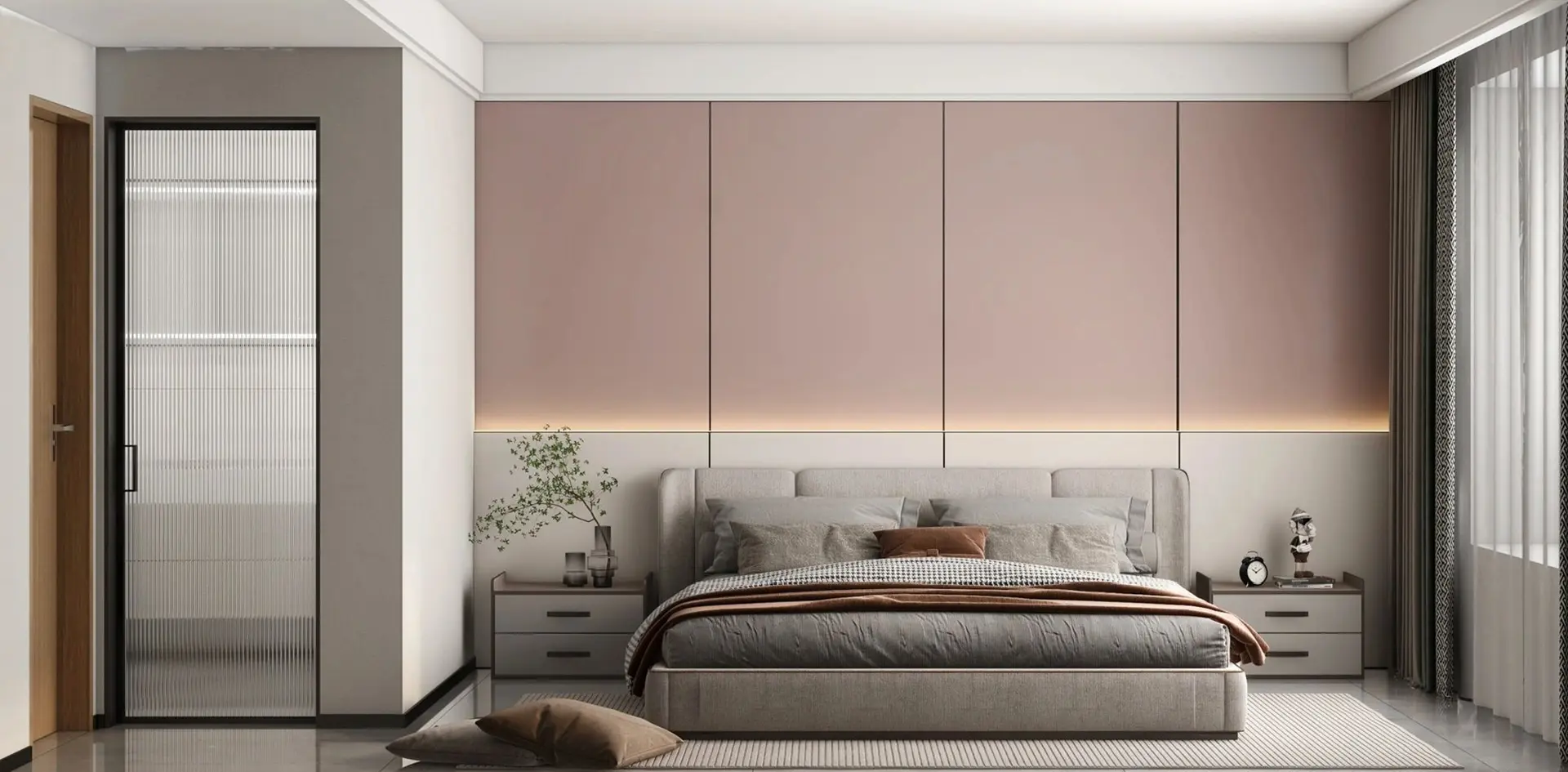
Future Trends in Modern Entry Doors at the 2025 China Import and Export Fair Analysis of Market Growth and Consumer Preferences
In recent years, the demand for Modern Entry Doors has surged due to the rising trend of home renovations and increasing consumer preferences for aesthetics and functionality. According to a report by Mordor Intelligence, the global door market is projected to grow at a CAGR of 5.3% from 2020 to 2025, with modern entry doors being a significant contributing factor to this growth. The upcoming 2025 China Import and Export Fair presents a unique opportunity to analyze these trends in depth, particularly in the context of Chinese market dynamics. As more consumers opt for entry doors that not only enhance security but also offer innovative designs and energy efficiency, manufacturers are adapting by incorporating advanced materials and smart technologies into their products. This shift reflects a broader movement towards sustainable and stylish home solutions, emphasizing the necessity for stakeholders to stay updated on emerging consumer preferences and market opportunities in the realm of modern entry doors.
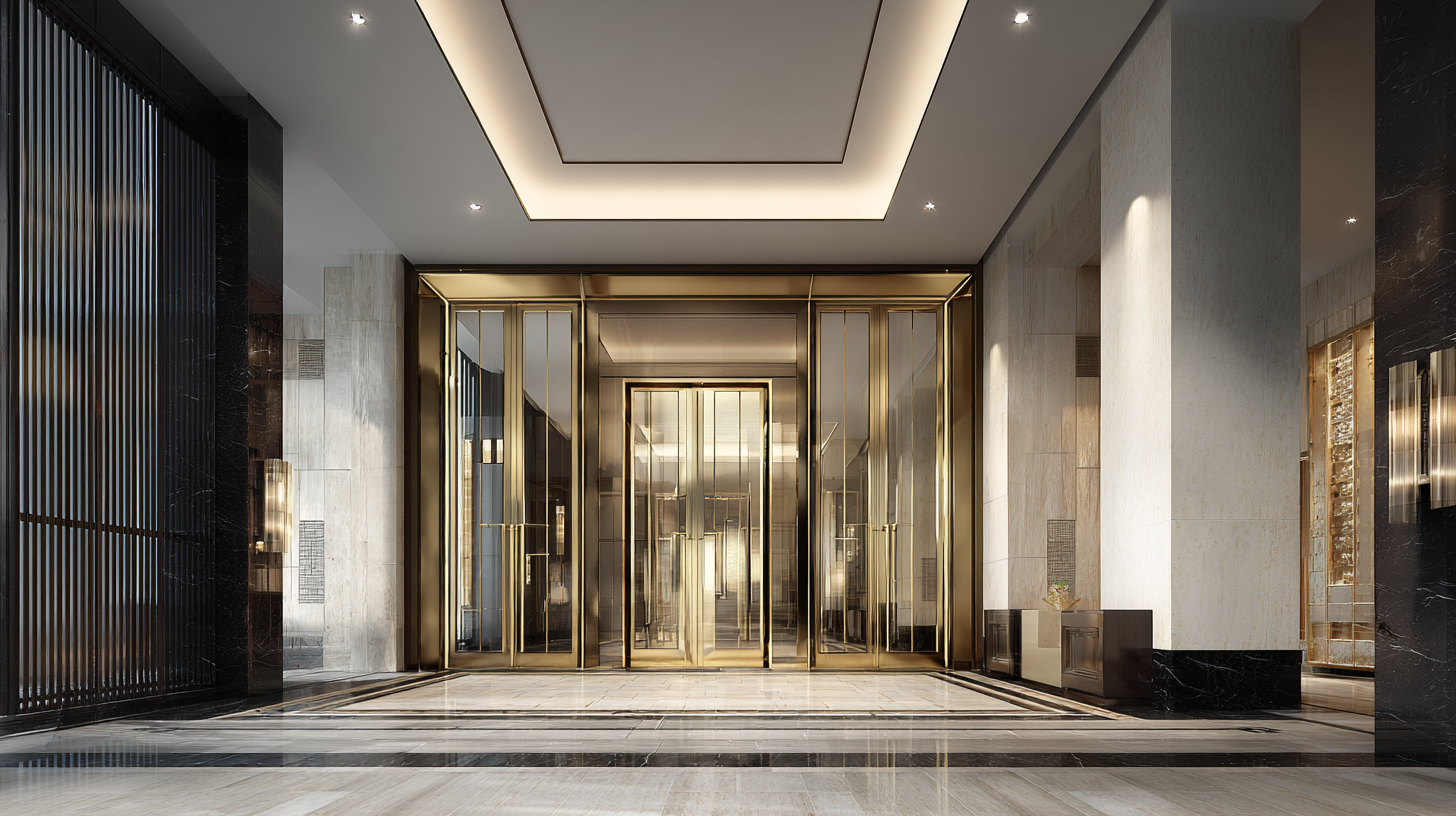
Emerging Materials in Entry Door Design: Sustainability and Performance Metrics
The design of modern entry doors is evolving rapidly, with sustainability and performance becoming paramount considerations for both manufacturers and consumers. Emerging materials such as fiberglass composites, recycled aluminum, and engineered wood are gaining traction due to their durability and eco-friendly properties. These materials not only offer enhanced resistance to weathering and impact but also help in reducing the carbon footprint associated with traditional door manufacturing processes. This shift reflects a growing consumer preference for products that align with environmentally sustainable practices while maintaining high performance.
In addition to material innovation, performance metrics such as energy efficiency and security features are increasingly influencing consumer choices. Modern entry doors are now designed with advanced insulation technologies that significantly increase energy conservation, appealing to environmentally conscious buyers. Furthermore, security enhancements, such as smart locking systems and reinforced structures, meet the rising demand for safer residential environments. As these trends continue to shape the market, the 2025 China Import and Export Fair will likely showcase a diverse range of entry door designs that emphasize sustainability and cutting-edge performance metrics, catering to the evolving preferences of a discerning consumer base.
Future Trends in Modern Entry Doors at the 2025 China Import and Export Fair Analysis of Market Growth and Consumer Preferences
| Material Type | Sustainability Rating | Performance Metrics | Consumer Preference (%) | Growth Rate (%) |
|---|---|---|---|---|
| Fiberglass | High | Energy Efficient, Weather Resistant | 35% | 8% |
| Steel | Medium | Durable, High Security | 25% | 5% |
| Wood Composite | Medium | Aesthetic, Insulating | 20% | 6% |
| Aluminum | High | Corrosion Resistant, Lightweight | 15% | 7% |
| Recycled Materials | Very High | Eco-friendly, Innovative Designs | 10% | 12% |
Market Growth Projections for Entry Doors in China: Trends Leading to 2025
The entry door market in China is projected to witness significant growth leading up to 2025, driven by evolving consumer preferences and advancements in design. As homeowners increasingly prioritize aesthetics and functionality, there is a noticeable shift towards modern entry doors that not only enhance curb appeal but also improve energy efficiency. Customization has become a key trend, with consumers seeking doors that reflect their personal style and complement their home’s architecture.
In terms of market size, various reports indicate a robust expansion in this sector, fueled by rising disposable incomes and a growing appreciation for home improvement projects. Consumers are showing a heightened interest in smart door technologies that offer enhanced security and convenience. This trend aligns with broader technological advancements, as the integration of digital features transforms traditional entry doors into sophisticated home gateways. As key players innovate to meet these demands, the landscape of entry doors in China is set to evolve dramatically by 2025.
Consumer Preferences Shaping Modern Entry Door Features: A Data-Driven Approach
As we move towards 2025, the modern entry door industry is poised for significant transformations, heavily influenced by shifting consumer preferences. Data indicates that the smart lock market alone is expected to exceed $16.47 billion by 2033, highlighting the growing demand for advanced security features in residential doors. Consumers are increasingly prioritizing convenience and seamless integration with smart home technologies, creating an opportunity for manufacturers to innovate and enhance product offerings.
Incorporating digital marketing and integrated communication strategies can further amplify brand visibility in this evolving market. With the digital landscape allowing brands to connect with their audience effectively, leveraging consumer insights has become paramount in developing modern entry door features that meet specific preferences. For instance, features like keyless entry, remote access, and compatibility with various smart home systems are becoming standard expectations for homeowners.
**Tips:** To stay ahead in the competitive market, brands should focus on understanding consumer behavior through data analytics, which can inform product development. Additionally, engaging with customers through interactive platforms can foster loyalty and encourage feedback, ultimately guiding the evolution of entry door designs to reflect current consumer desires.
Future Trends in Modern Entry Doors: Consumer Preferences Shaping Features (2025)
Impact of Smart Technology Integration in Entry Doors: User Adoption and Market Prediction
The integration of smart technology in entry doors is reshaping consumer preferences and significantly impacting market dynamics. As the demand for enhanced security and convenience grows, more homeowners are opting for smart locks that offer features such as remote access, keyless entry, and integration with home automation systems. This shift towards smart technology is not only prompting innovation in product designs but also driving market growth, with projections indicating substantial increases in market size over the coming years.
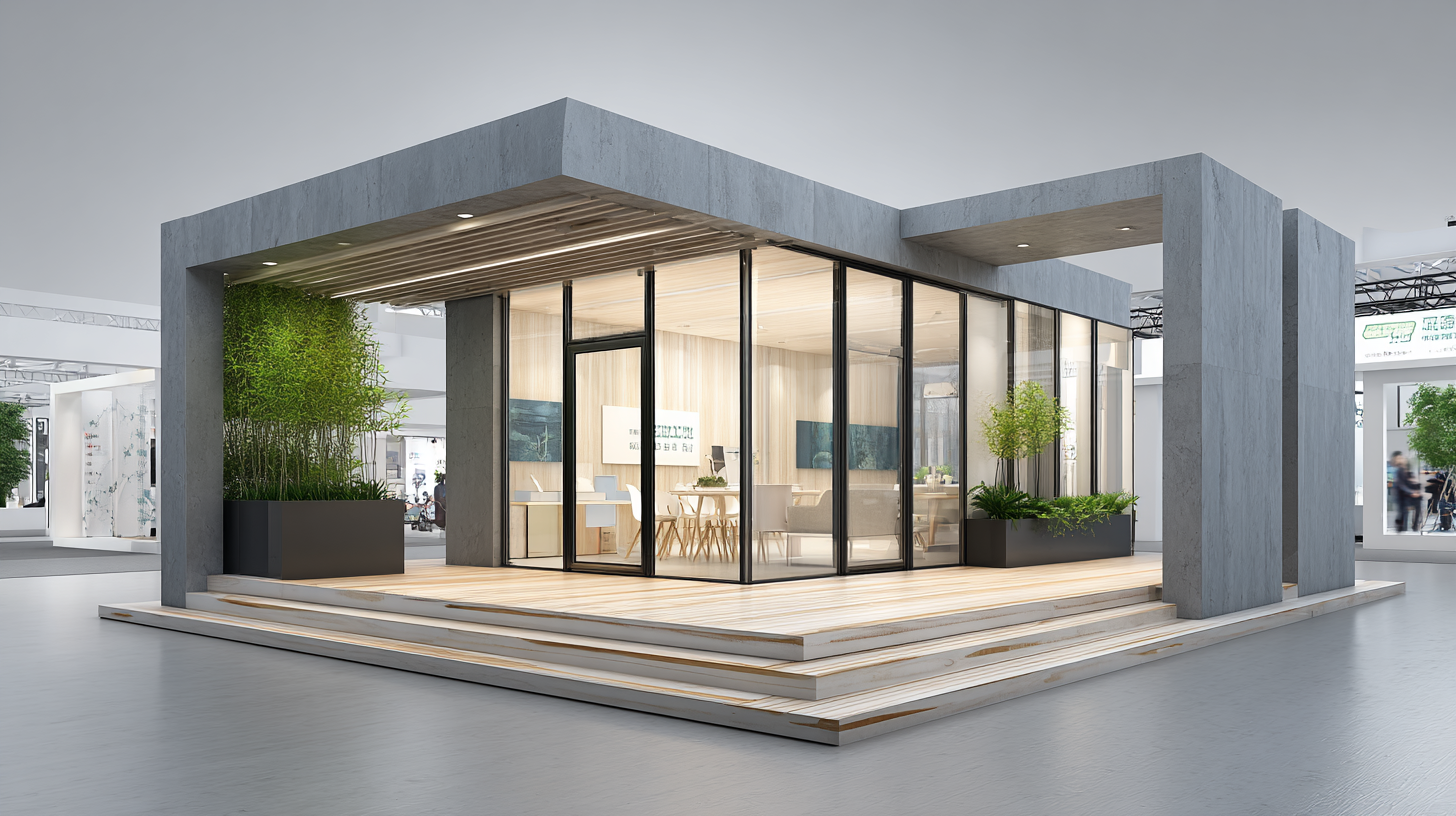
Moreover, the rise in smart home adoption is particularly evident in markets like Japan, where the smart lock sector is expected to expand from USD 159.0 million in 2024 to USD 358.0 million by 2033. This trend underscores the increasing consumer preference for advanced security solutions within smart homes. As technology evolves, the user adoption of smart locks and related products will likely accelerate, further catalyzing growth across the broader entry door market.
With the anticipated advancements in smart technology, manufacturers will need to stay ahead of consumer expectations to capitalize on this burgeoning sector.
Regional Variations in Entry Door Styles and Preferences: A Comparative Analysis of Domestic and International Markets
The 2025 China Import and Export Fair is set to showcase an array of modern entry doors, reflecting regional variations that influence consumer preferences significantly. In domestic markets, entry door designs often favor traditional aesthetics, integrating elements that resonate with cultural heritage. Chinese consumers tend to appreciate ornate details and vibrant colors, which symbolize prosperity and good fortune. In contrast, international markets display a trend towards minimalist and contemporary styles. For instance, Scandinavian and American consumers lean towards clean lines and functionality, valuing durability and eco-friendly materials.
Furthermore, the functionalities of entry doors vary across regions, aligning with local climate and security concerns. In colder climates, thicker, insulated doors are favored to retain heat, while tropical regions might prioritize doors that enhance ventilation and resist humidity. Security features are universally important, yet the emphasis varies; for instance, consumers in urban settings might prioritize advanced locking mechanisms, whereas rural areas may focus more on sturdiness and resilience against environmental elements. This comparative analysis highlights how cultural backgrounds and practical needs shape the evolving landscape of entry door preferences in both domestic and international markets.
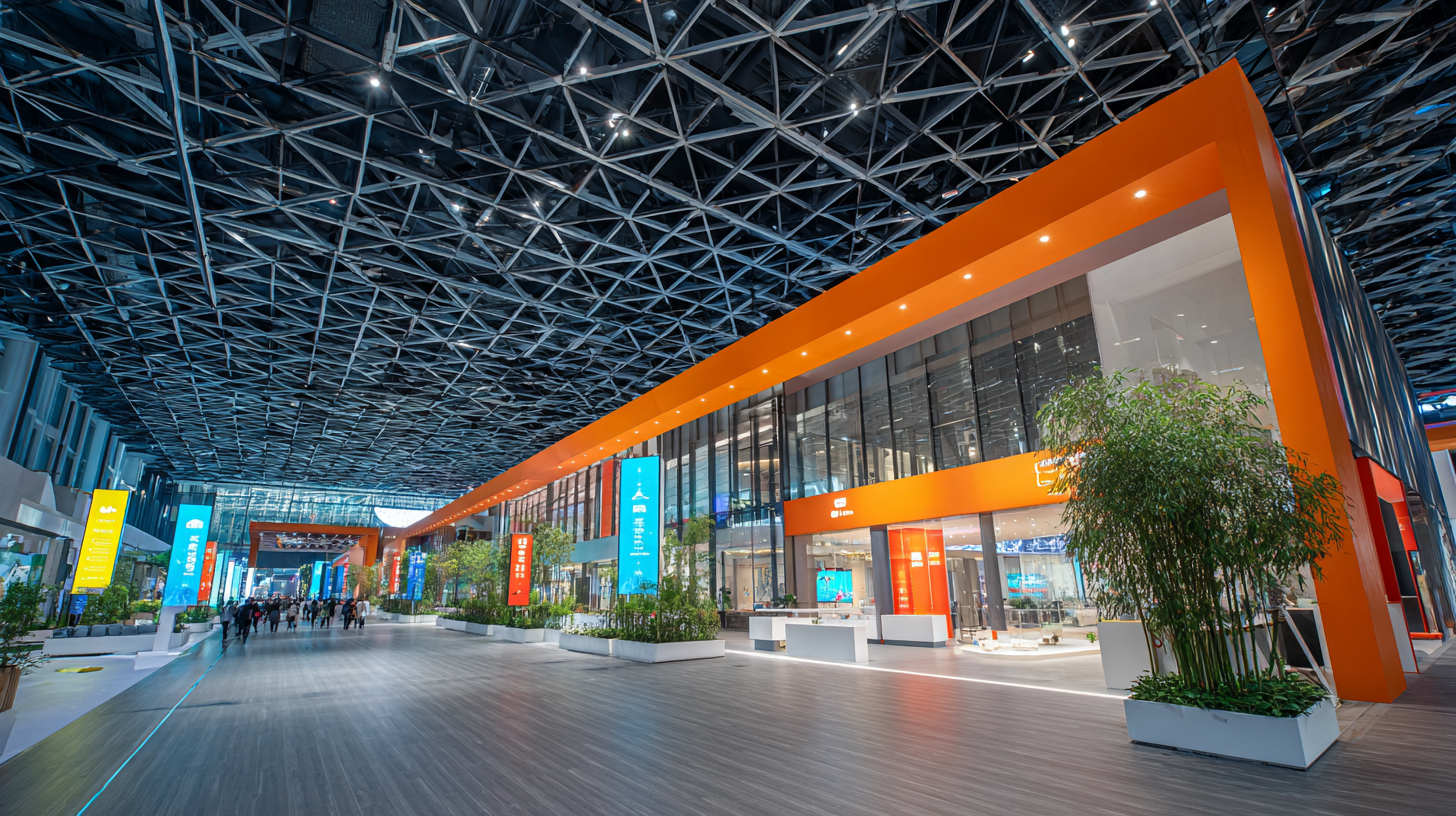
Related Posts
-

Ultimate Guide to Choosing the Perfect Modern Entry Doors for Your Home
-
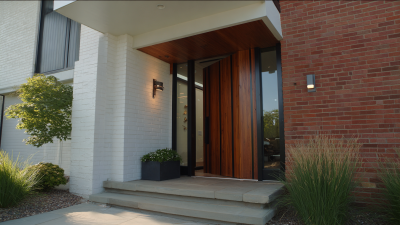
Innovative Solutions for Choosing the Best Modern Front Door for Your Home
-
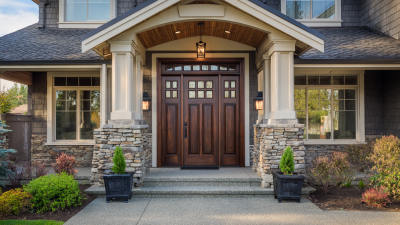
Mastering the Selection Process for the Best House Door Installation
-

7 Game Changing Tips for Choosing the Perfect House Front Doors
-
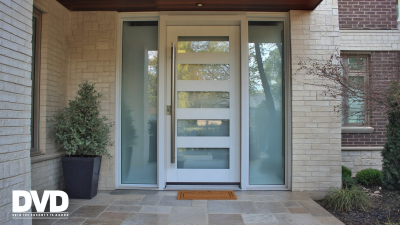
How to Choose the Best Modern Front Door for Your Home to Enhance Security and Curb Appeal
-
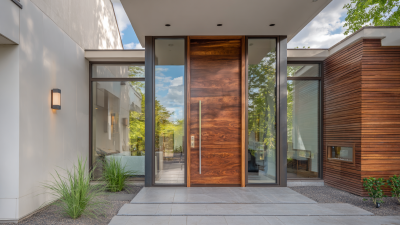
How to Choose the Perfect Modern Front Door for Your Home
